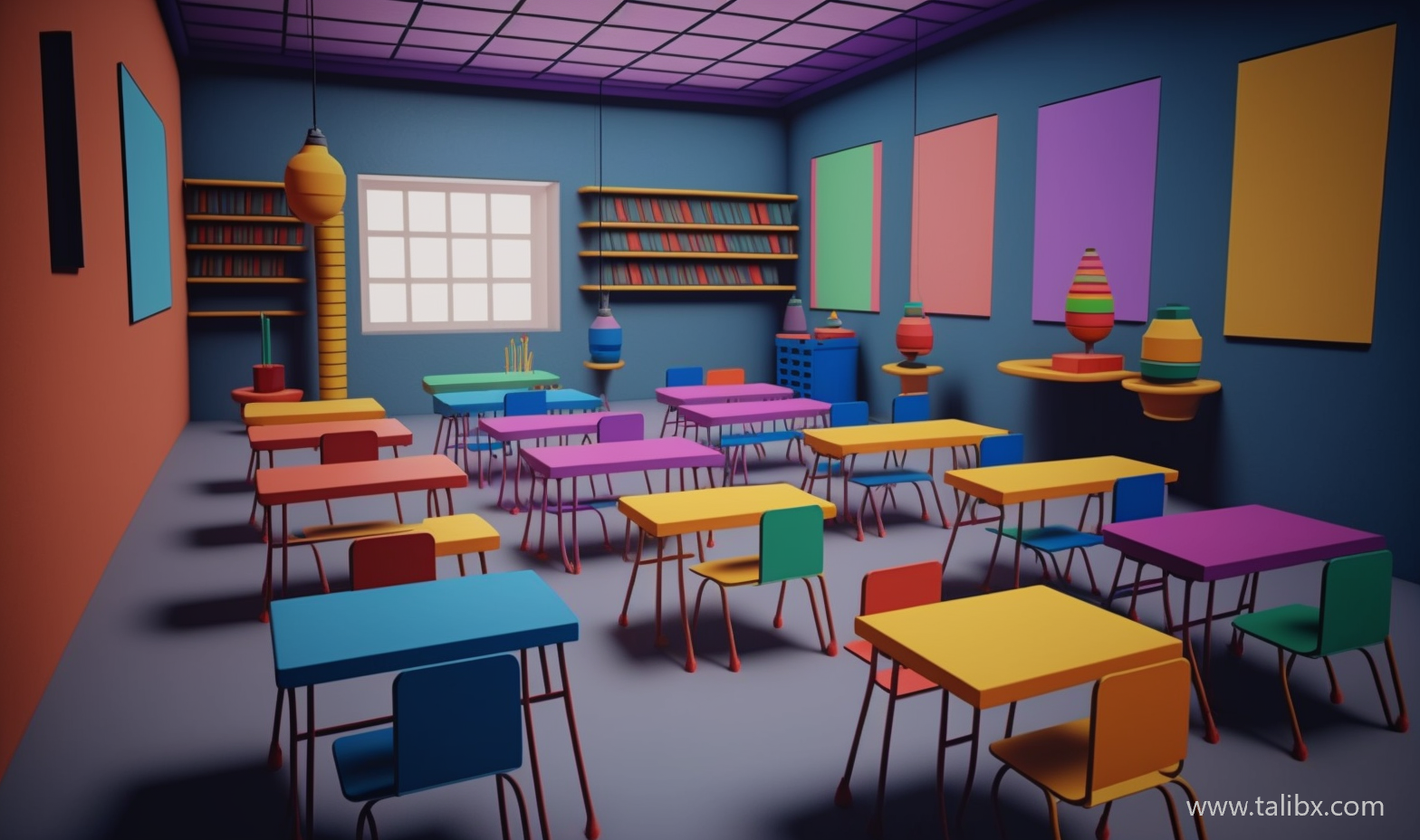Teaching physics through interactive games and activities can be a highly effective way to engage high school students and help them better understand complex concepts. Physics is a fundamental scientific discipline that explains the natural world around us, and it is often taught in the classroom through abstract concepts and equations. While these can be useful tools for learning, they may not always be easy for students to grasp. By using interactive games and activities, teachers can help students see the relevance and practical applications of physics in a fun and engaging way.
One example of an interactive game that can be used to teach physics concepts is called "The Egg Drop Challenge." In this activity, students are given a set of materials (such as cardboard, paper, straws, tape, etc.) and challenged to design and build a structure that will protect an egg from breaking when dropped from a set height. This activity can be used to teach concepts such as force, motion, energy, and problem-solving.
Another example of an interactive activity is the "Marshmallow Tower Challenge." In this activity, students are given a set of materials (such as dry spaghetti, marshmallows, and tape) and challenged to build the tallest tower possible. This activity can be used to teach concepts such as engineering, structure, and stability.
Other interactive games and activities that can be used to teach physics include:
- "The Hovercraft Challenge": Students design and build a hovercraft using materials such as cardboard, plastic, and a balloon. This activity can be used to teach concepts such as air pressure and friction.
- "The Bridge Building Challenge": Students design and build a bridge using materials such as popsicle sticks, glue, and rubber bands. This activity can be used to teach concepts such as forces, structures, and stability.
- "The Marble Roller Coaster Challenge": Students design and build a roller coaster using materials such as cardboard, paper, tape, and marbles. This activity can be used to teach concepts such as energy, motion, and problem-solving.
Overall, teaching physics through interactive games and activities can be a highly effective way to engage high school students and help them better understand the subject. By providing students with hands-on, interactive experiences, teachers can help students see the relevance and practical applications of physics in a fun and engaging way.
At the end of the article, teachers are encouraged to share their own ideas or games that they have used with their students to teach physics concepts. Interactive games and activities can be a highly effective way to engage students and help them better understand complex ideas, and there are many different approaches that teachers can take. Some teachers may prefer to use structured activities or challenges, while others may prefer to use more open-ended exploratory approaches. No matter what approach is taken, the key is to find ways to make physics engaging and relevant for students.
So, we would love to hear from teachers about the games and activities that they have found to be most effective in their classrooms. What are some of the interactive games or activities that you have used to teach physics concepts? What have you found to be the most effective ways to engage students and help them better understand the subject? Share your thoughts and experiences in the comments section below!


